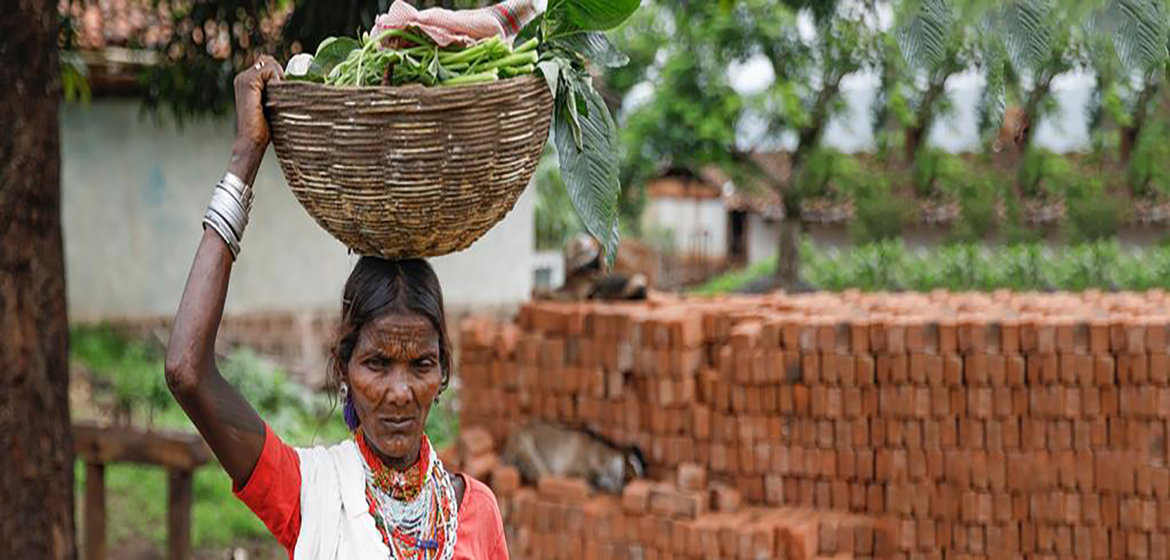Tribals are quitting farming fast; every second household now survives on manual labour in an informal economy
By Richard Mahapatra
It is a demographic change nobody would celebrate. About 55 per cent of the country’s tribal population now resides outside their traditional habitats. It is known that migration of tribal population, increasingly distress-driven, has been increasing.
But the recently-released report by the Union Ministry of Health and Family Welfare has brought out some worrying aspects to this known development.
More than half the country’s 104 million tribal population now resides outside India’s 809 tribal majority blocks. To support this fundamental change in tribal habitation, the report cites the Census 2011 that found a 32 per cent decline in the number of villages with 100 per cent tribal population between 2001 and 2011.
“There is a movement of tribal people from tribal to non-tribal areas, possibly in search of livelihood and educational opportunities,” says the report. But it is insistent on a livelihood crisis that is triggering this exodus.
India’s tribal population is over-dependent on agriculture and forest-related livelihood sources. While 43 per cent of non-tribals depend on agriculture, 66 per cent of the tribal population survives on these primary sector livelihood sources. But in recent decades, the number of tribal farmers is coming down, and more are becoming agricultural labourers. In the past decade, 3.5 million tribals have quit farming and other related activities. Between 2001 and 2011 census reports, the number of tribal cultivators reduced by 10 per cent while number of agricultural labourers increased by 9 per cent.
This indicates a declining return from direct farming or people simply don’t have the resources to do farming. In the absence of no other alternative, they are joining the informal labour force. “Displacement and enforced migration has also led to an increasing number of Scheduled Tribes working as contract labourers in the construction industry and as domestic workers in major cities. Currently, one of every two tribal households relies on manual labour for survival,” says the report.
Source:
Related to SDG 11: Sustainable Cities and Communities and SDG 8: Decent work and Economic growth



